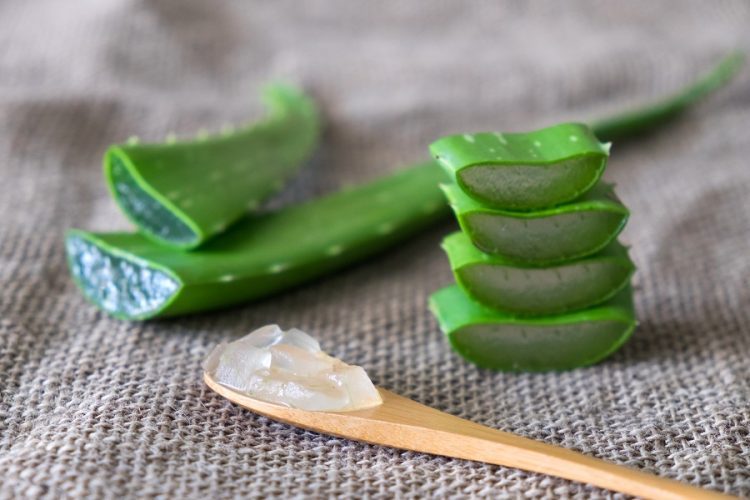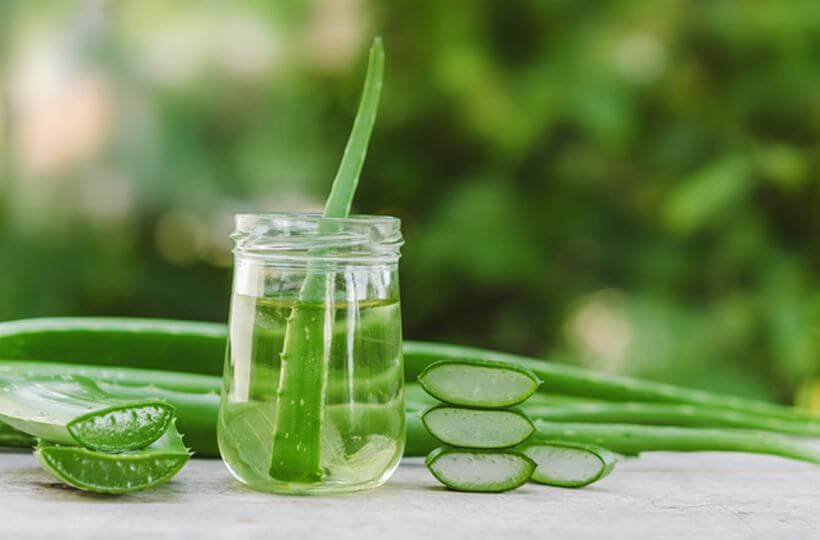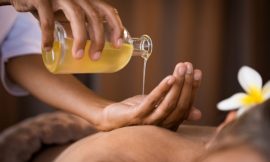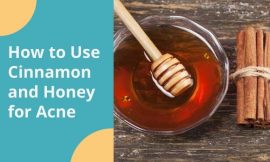Best Uses and Benefits Of Aloe Vera Plant

What Aloe Vera Oil Can Do For You
If aloe vera benefits oil was a synthesized product, concocted in a pharmaceutical laboratory, and marketed as a wonder drug, we might have every right to be a bit skeptical. After all, the proponents of aloe vera oil claim it to be a cure for quite a variety of ills. Admittedly, some of the claims can be far-fetched, but substitute “treat” for “cure’ and most claims are probably not too far off the mark.
The aloe vera plant is in some ways one of nature’s little miracle plants, whose gel, juice aloe vera, and aloe vera essential oil, can be put to many beneficial aloe vera uses.
Aloe Vera Essential Oil Is Produced As An Extract
Aloe vera oil does not come directly from the plant in the form we are familiar with. The oil is extracted from the plant by a process involving the use of base oil, often soybean oil, the resulting product being called either aloe vera oil or aloe vera oil extract. Just as is the case with aloe vera gels and juice, the extract can be used both internally and externally for a variety of purposes. Whether or not you can polish your floors with it (seems possible) hasn’t been documented, but the oil seemingly can be used for almost anything else.
The aloe plant is actually a genus made up of several hundred species, the aloe vera plant being but one of the species, but the species most widely used for nutritional, medicinal, and cosmetic purposes. The plant is a tropical succulent featuring thick gel-filled leaves. One of the better-known aloe vera benefits of the gel is its effectiveness in treating sunburn or small wounds. No need to run to the pharmacy if there is an aloe vera plant nearby. Just cut off a section of a leaf and apply the gel directly to the burn or wound. In most cases, we get our aloe vera as an ingredient in a medicinal or cosmetic over-the-counter product.
Health Benefits of Aloe Vera
aloe gel is often applied to the skin to treat sunburns, burns, and eczema. It has a sedative effect that may help treat reproductive herpes, toxic oak, toxic ivy, and skin reactions caused by radiation. Supporters claim that Vera’s brigades can even accelerate healing and reduce the severity of the shell.
When taken orally as a juice or dietary supplement, the tedious effects of Aloe vera can help reduce constipation. Some also believe that it helps treat gastrointestinal ulcers, Crohn’s disease, and ulcerative colitis. There have been suggestions that Vera’s brigades could help make blood sugar normal in diabetics.
About Aloe Vera Benefits – Good, But Not Omnipotent
The only real problem associated with aloe vera oil is that some of the claims associated with it often go a bit overboard. Aloe vera oil is a great skin conditioner. It won’t however necessarily make the skin younger or remove wrinkles but does work somewhat in that direction. In other words, it’s not really anti-aging but can at least help slow the process and perhaps in some instances partially reverse the process.
It isn’t unfair to call aloe vera oil a skin rejuvenator. Aloe vera oil can be used to treat acne so aloe vera plant skincare for acne, psoriasis, eczema, and other skin conditions. It won’t cure these conditions, most of which are not curable anyway, but it can relieve symptoms, and reduce the frequency of flare-ups.
Oil Aloe Vera Anti-Everything
Aloe vera oil also has anti-inflammatory properties in addition to antibacterial and anti-viral properties. As such, aloe vera can provide amazing benefits to arthritis sufferers, and those affected by shingles, and can among other things, serve to strengthen the immune system. Aloe vera essential oil does not cure cancer, nor can it prevent cancer from occurring, but it can help keep body tissues and organs healthy, lessening the chances for cancer to gain a foothold.
Besides its use as a sunburn treatment, the oil should be an essential part of a first aid kit as it is very effective in treating blisters and sores and as an aid in preventing them from becoming infected. The oil, like the gel, has soothing as well as anti-itching properties.
Aloe vera oil can also be taken internally. The leaves are filled with nutrients, though in their raw state are quite bitter-tasting. Medications that have aloe vera oil as a major ingredient can be purchased over the counter to obtain relief from a variety of conditions, including heartburn upset stomach, indigestion, and other digestive disorders.
Caveat Emptor – Uses Aloe Vera
Aloe vera oil has many well-documented uses. Most claims regarding the oil as an effective treatment are likely true, but be a little skeptical about products containing aloe vera oil which claim it to be either a preventative or cure for a disorder of any kind.
Dose and Preparation
There are no standard doses of Aloe Vera. The effects and risks of side effects can vary depending on your age, weight, and current health.
In-situ Aloe Vera preparations in concentrations ranging from 0.5 percent to 99 percent. There is no data to suggest that low doses are less effective than high doses.
Oral Aloe Vera preparation comes in a variety of forms, including capsules, jelly covers, powders, and juices. The doses of supplements range from 100 milligrams to 10000 milligrams. Larger doses increase the risk of side effects. For safety reasons, keep the lowest dose possible. A few clinical studies used anything over 500 milligrams a day.
Although the bulk of Aloe Vera is intended for in situ use, some manufacturers sell compressed “gel” in the cold for oral use. These products (often marketed as “full power,” “full paper,” and “pure refinery”) are thicker and thicker than Aloe Vera juice and are usually sold in gallons…
Aloe Vera Side Effects
Oral Aloe Vera Side Effects
The aloe vera plant has been used medicinally for thousands of years but there are some aloe vera side effects. This plant can be used as an ointment or lotion for the skin or it can be taken as a health drink. The liquid that comes from this plant is a clear sticky substance and it is extracted and used for things like lotions, cosmetics, skin creams, and even sunscreens.
The liquid from the aloe vera leaves is extracted and used in drink form and this drink helps with digestion and constipation. But even with all of the health benefits, aloe vera side effects can still happen for several reasons.
Aloe vera is known to speed up the healing process when the skin has been damaged by the sun or burnt and many dermatologists use it to prevent scarring after procedures like skin dermabrasion. It is also used for things like bug bites and skin irritations, as a moisturizer, to help with skin rashes by killing bacteria and fungus and to help to reduce surgical scars. When it is taken orally it can help with intestinal difficulties, stomach problems, constipation, and diarrhea and it can speed up healing after surgeries and illnesses.
The liquid from this plant can be used as an anti-inflammatory and antimicrobial medication when taken orally and it contains many other things that can aid the body‘s processes. These things include enzymes, amino acids, vitamins and minerals, and natural sugars. All of these are beneficial for the body and this is why aloe vera has been used for so long. But it is recommended that you only use this wonder plant for short periods of time.
Most of the aloe vera side effects have to do with consuming too much of this substance. When you purchase or prepare your own aloe vera drink, there are limits on how much you can safely consume. Overdosing on aloe vera is dangerous and using it for a long period of time can cause things like hematuria, potassium deficiency, and overall fluid imbalances.
A potassium deficiency can be fatal if it isn’t immediately taken care of and some of the symptoms include fatigue, muscular weakness, blistering skin, loss of memory, and digestive disorders. Hematuria is when blood is present in the urine and this blood indicates that there is something wrong with the kidneys, bladder, or anywhere else in the genitourinary tract. A fluid imbalance can result in either diarrhea or dehydration and this is one of the most dangerous aloe vera side effects.

Women who are pregnant should never drink any aloe vera solution. It acts as a laxative and causes stomach cramping, nausea, and vomiting. It can even cause a spontaneous abortion because it causes uterine contractions. This aloe vera solution can also cause problems for a nursing baby. However, it is perfectly safe for the expectant mother to use aloe vera on her skin. There are no complications involved when using the aloe vera gel.
If you consume aloe vera for more than a year, you are at a higher risk for colorectal cancer. This is a cancer that involves the large intestine. It is unclear what causes this condition but it is thought that because of the prolonged use of aloe vera, the fluid balance within the body causes problems in the intestinal tract.
Many studies prove that product from aloe vera gel has a positive impact on women’s hair and shampoo.
Several types of disorders exclude the use of oral aloe vera. They include people who suffer from things like Crohn’s disease and other digestive conditions, menstruating women, and people who have just had any type of surgery. People who use cardiac medications and other heart-related drugs should never take oral aloe vera.
The Many Benefits of Aloe Arborescens
Aloe Arborescens are commonly referred to as Krantz Aloe, Kransaalwyn, Umhlabana, and Inkalene. Therefore, if you were interested in growing this plant, you may need to look under several names to find what you want. Without a doubt, this plant makes an excellent addition to any flowerbed or garden. Not only is the foliage unique and attractive, but this plant also produces gorgeous large flowers.
The Aloe Arborescens is ideal for beginners since it is such an easy plant to grow and manage. However, the natural medicinal properties contained in Aloe are what makes it so beneficial. Grown as a shrub, it will reach about two feet tall when mature. The leaves are a grayish-green color that grows in rosettes. Even the leaf margins are unique, which grow visible tan-colored teeth.
When blooming, the thing you would notice most about the Aloe Arborescens is the spikes, which actually grow in the winter. Because of this, if you have a garden without any life or color in the winter, this plant would add vibrancy and color. Of all colored blooms, orange is the most common but the spikes also produce yellow and bi-colored flowers consisting of deep orange and yellow.
Another interesting fact about the Aloe Arborescens is that the flowers have sweet nectar. For this reason, this plant is a natural attractant to birds, butterflies, and bees. In its place of origin, this plant is a cliff dweller, growing on high inland plateaus in the northern parts of South Africa. If visiting this part of the country, you would see high up in the cliffs, plants hanging down. One of the most popular places where Aloe Arborescens is found in South Africa is the Witwatersrand National Botanical Garden.
While the Aloe Arborescens is a large shrub with multiple branches, it is still officially labeled as a “tree.” Today, you can find this species throughout Africa including Limpopo, Malawi, Mozambique, Zimbabwe, Mpumalanga, and Kwa-Zulu-Natal. However, because of its benefits for healing, Aloe Arborescens is now grown throughout the world.
Aloe Vera Benefits on Skin
In the Western world, Aloe Arborescens is used right off the plant for a variety of things, specifically to treat burns. The serum inside the thick leaves is gooey but it also possesses a cooling component and healing property so when applied to the skin, it instantly begins to soothe pain and heal. Because of this, you can find products in grocery stores, drug stores, natural food stores, etc that contain natural Aloe vera.
However, in its native land of South Africa, Aloe Arborescens is actually planted around enclosures where livestock is kept. Instead of using a wire fence, the plants become the fence. Today, if you were to visit some of the older areas where these enclosures are abandoned, you would still find them encircled with this plant. Additionally, South African people take cuttings to use as barrier plants, which can be found in any shop.
Another common use for the Aloe Arborescens plant is for the leaves to be dried, which are then ground into powder. The Zulu people use this powder to protect the community against storms. The leaves are also used for treating sick calves and in the childbirth of humans. Other uses for Aloe Arborescens include stomachaches, abrasions, and a variety of anti-carcinogenic, anti-inflammatory, anti-bacterial, and anti-ulcer needs.





